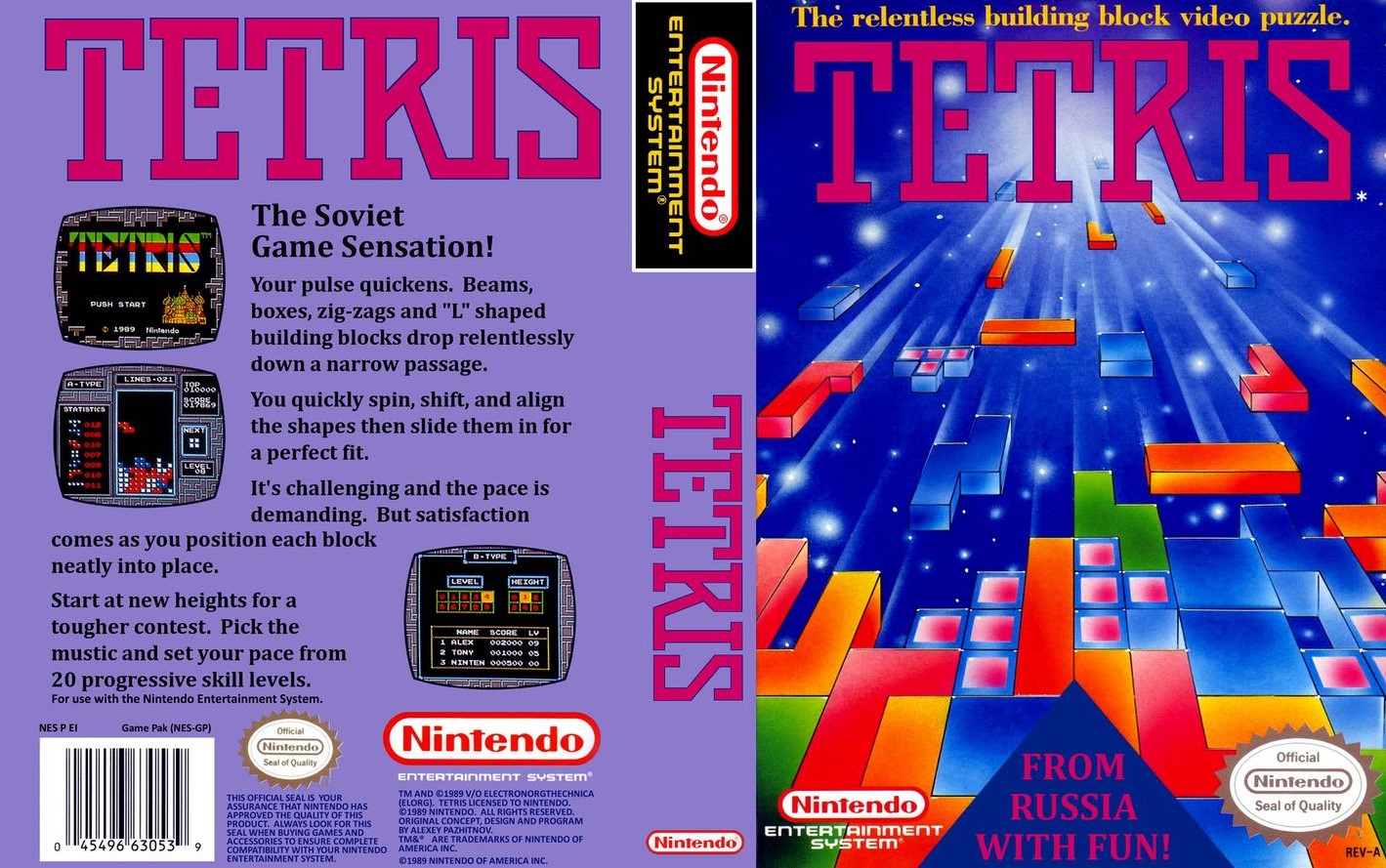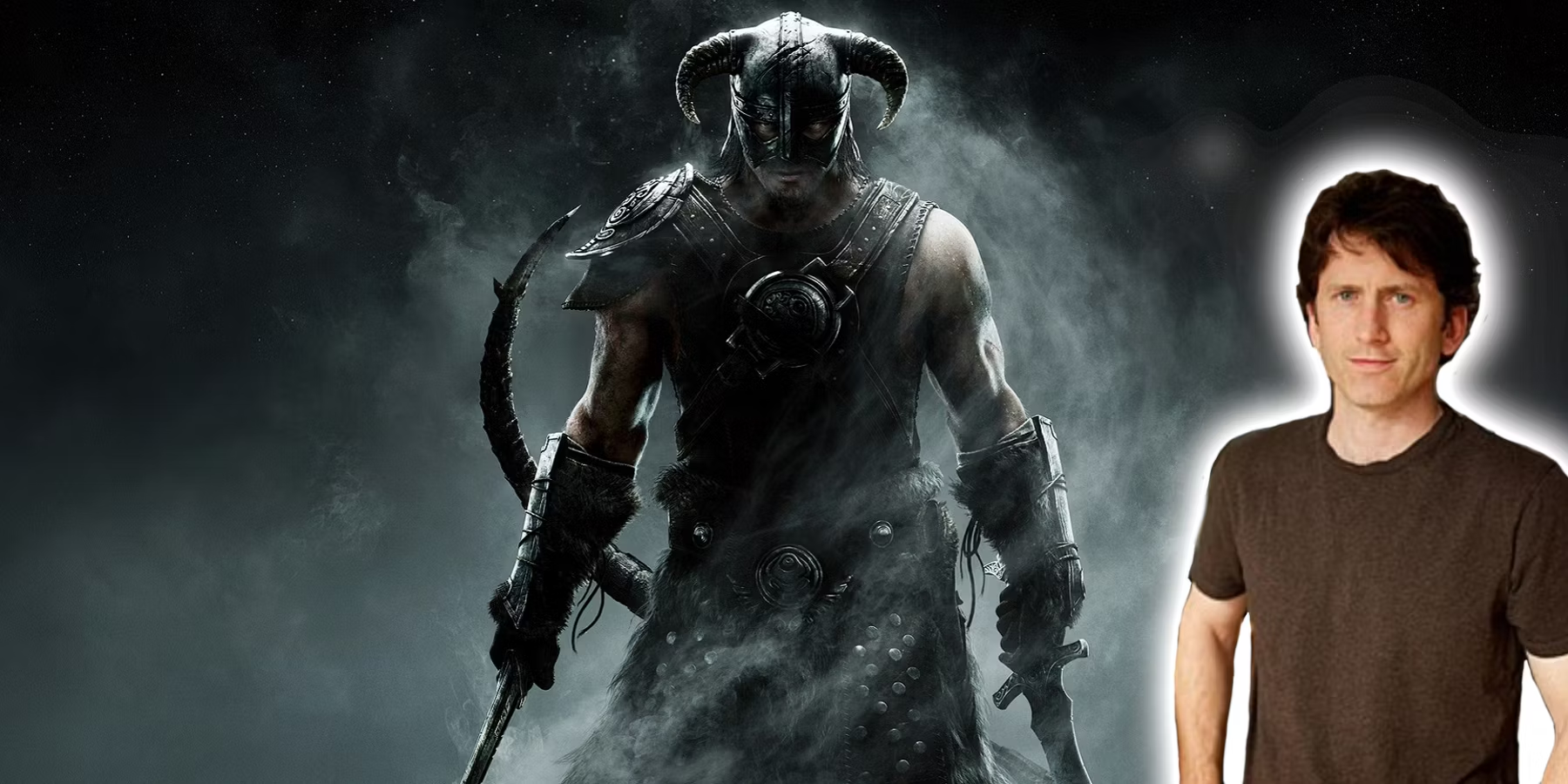Let’s take a moment to talk about the game that captured the hearts of millions, Tetris. This puzzle game with simple graphics and uncomplicated rules has stood the test of time and continues to fascinate players to this day. Unlike most games of the time, Tetris was a no-frills outlier, without any fancy graphics or memorable characters.
But don’t let its simplicity fool you; the story behind Tetris is anything but simple. It’s a story of a gripping rivalry between game industry giants, fraught negotiations between Soviet officials and Western executives during the last years of the Cold War, and handshake deals that shaped the future of the gaming industry. All of these elements came together to create the game that took the world by storm.
Now, Apple TV has put together the pieces of this puzzle for an upcoming biographical drama movie. The film delves deep into the unique historical circumstances that made the story of Tetris so fascinating. It’s a tale of politics and the gaming industry, and how a game that seemed so simple on the surface became one of the most captivating stories in gaming history.
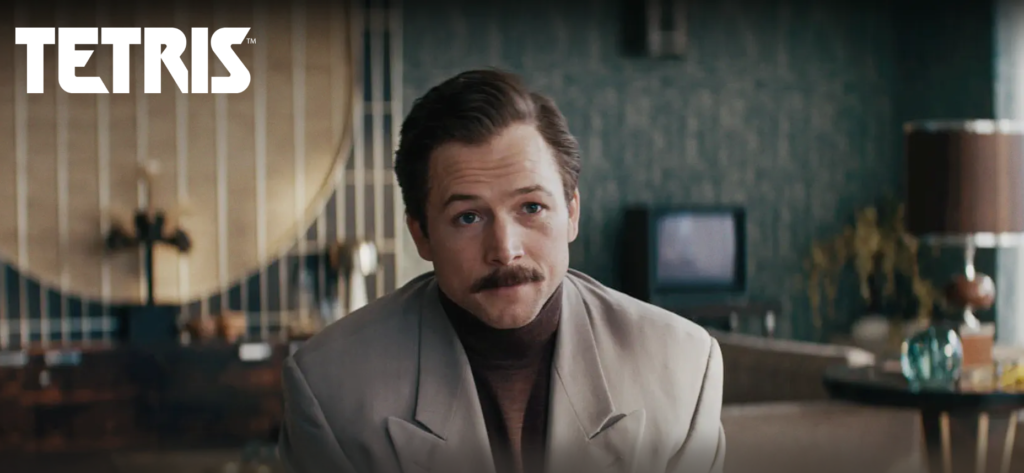
The Beginning
Alexey Pajitnov was a software engineer who worked at a research and development center in Moscow in 1984. He was the one who came up with the idea for Tetris. Pajitnov made Tetris as a fun side project because he liked puzzles. He had no plans to make money from it.

Pajitnov got the idea from a puzzle game called “pentominoes.” He imagined that different shapes would fall from above into a glass, and players would control the shapes and move them into place. He changed the shapes so that each one was made up of four squares. He named the game Tetris by combining the Latin word for “four” with the name of his favorite game, tennis.
When Pajitnov showed the game to his coworkers, they liked it right away and started making copies and passing them around on floppy disks. Soon, Tetris was played all over Moscow and beyond. When Robert Stein, the owner of Andromeda Software Ltd., saw it at a software show in Hungary, he was interested.
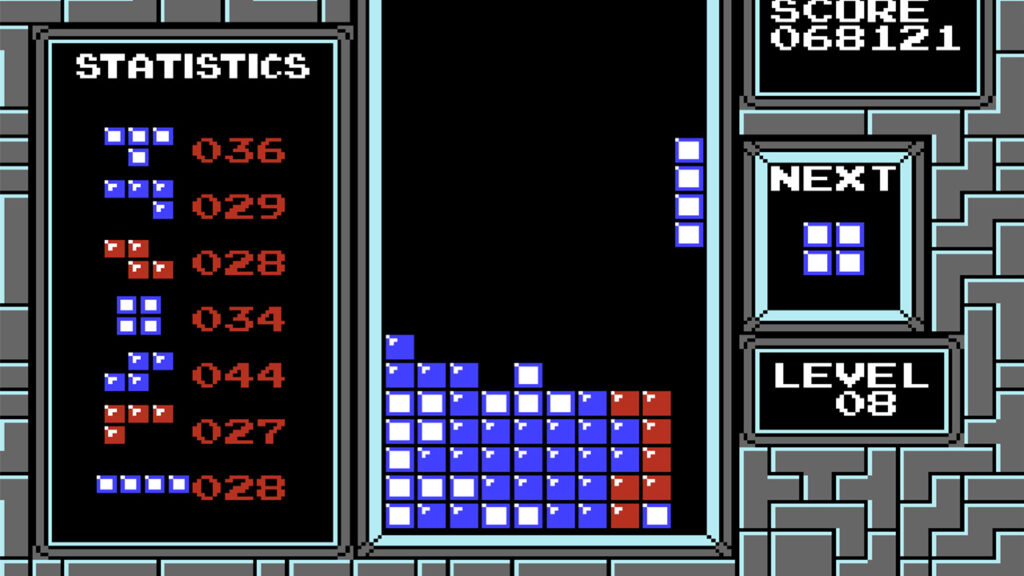
Stein found Pajitnov in Moscow, but the fate of the game ultimately depended on a new Soviet agency called Elektronorgtechnica (Elorg), which was made to handle the export of Soviet software. Elorg gave Stein the rights to sell the game, and Stein then gave those rights to distributors in the U.S. and U.K. The New York Times wrote in 1988 that Tetris was the first software made in the Soviet Union to be sold in the United States.
Legal Battles
The Soviet agency that owned the rights to Tetris, Elektronorgtechnica (Elorg), gave Andromeda Software Ltd. owner Robert Stein the right to license the game only for PCs. But Stein told the U.K. distributor Mirrorsoft that he would soon have the rights for coin-operated machines and handheld devices as well.

Mirrorsoft then made deals with Atari and Sega in Japan to use their games in arcade kiosks and home game consoles. Henk Rogers of BulletProof Software was also interested in Tetris deals in Japan. He worked with the U.S. distributor Spectrum HoloByte to get the rights for Nintendo to sell the game on computers and game consoles.
Retro Gaming
Elorg, who owns the rights to Tetris, did not know about these deals. Only computer rights were included in the contract with Stein. This became clear when Rogers showed a Tetris cartridge for the Nintendo Entertainment System (NES) to Elorg officials in Moscow, who were thinking about licensing the game for handheld devices like the newly made Game Boy.
Nintendo’s Battle
When Nintendo’s Game Boy came out in 1989, it made the complicated web of who owns and has rights to Tetris even more complicated. Henk Rogers, who was close to Nintendo’s president at the time, Hiroshi Yamauchi, tried to get the rights to make Tetris for handhelds. After talks with Atari fell through, Rogers talked to Robert Stein and signed a contract. Stein told Rogers that he had to talk to Elorg in the Soviet Union before he could continue talks with Rogers. Rogers thought that Stein had broken the contract, so he went to the Soviet Union to talk to Elorg about the rights.

Rogers showed up at the Elorg offices without being asked, and Stein and Mirrorsoft manager Kevin Maxwell set up a meeting on the same day without talking to each other. Rogers said that he wanted to get the rights to Tetris for the Game Boy during the talks. Rogers quickly reached a deal with Nikolai Belikov, the president of Elorg, and then showed Belikov a Tetris cartridge. At the time, Belikov thought that the rights to Tetris had only been signed for computer systems.
Retro Review
Then, after four years, Belikov realized how complicated the license’s path had been because of Stein’s contracts. He came up with a plan to get back the rights and get better business deals. During this time, Rogers and Alexey Pajitnov, who made Tetris, became friends over a game of Go. Maxwell came to the meeting to get the Tetris rights for Mirrorsoft, but Pajitnov sided with Rogers the whole time.
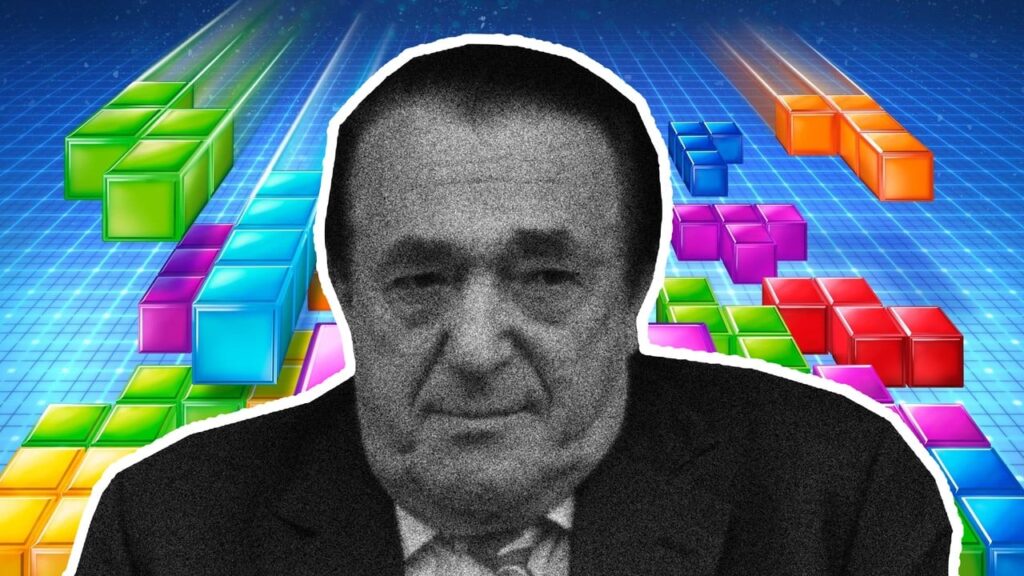
Belikov told Rogers that Stein’s rights should be taken away and that the game rights for both home and handheld consoles should be given to Nintendo. Rogers went to the US to try to get the American branch of Nintendo to sign up for the rights. Executive and president Minoru Arakawa signed a contract with Elorg for $500,000 plus 50 cents per cartridge sold. Then, Elorg sent Stein a new contract that took away Stein’s rights to console versions.
In March of 1989, Nintendo sent Atari Games a letter telling them to stop making the NES version of Tetris. Mirrorsoft was contacted by Atari Games, and they were told that they still owned the rights. Nintendo, on the other hand, stayed where it was. In response, Robert Maxwell, the owner of Mirrorsoft, put pressure on Mikhail Gorbachev, the leader of the Soviet Union, to break the contract between Elorg and Nintendo. Even though Belikov was threatened, Elorg didn’t give in. Instead, they pointed out how their contract was better financially than those with Stein and Mirrorsoft.

If you love video games, make sure you check out our custom video game sticker packs!
On June 15, 1989, Nintendo and Atari Games went to court in San Francisco to start a legal battle. Atari Games wanted to prove that the NES was a computer, which its Japanese name, “Famicom,” suggested. In this case, the first license would give Atari Games permission to put the game on the market. The main point of Atari Games was that the Famicom’s extension port made it possible to turn it into a computer. This argument wasn’t taken into account, and Pajitnov made it clear that the original contract was only about computers and no other machines.
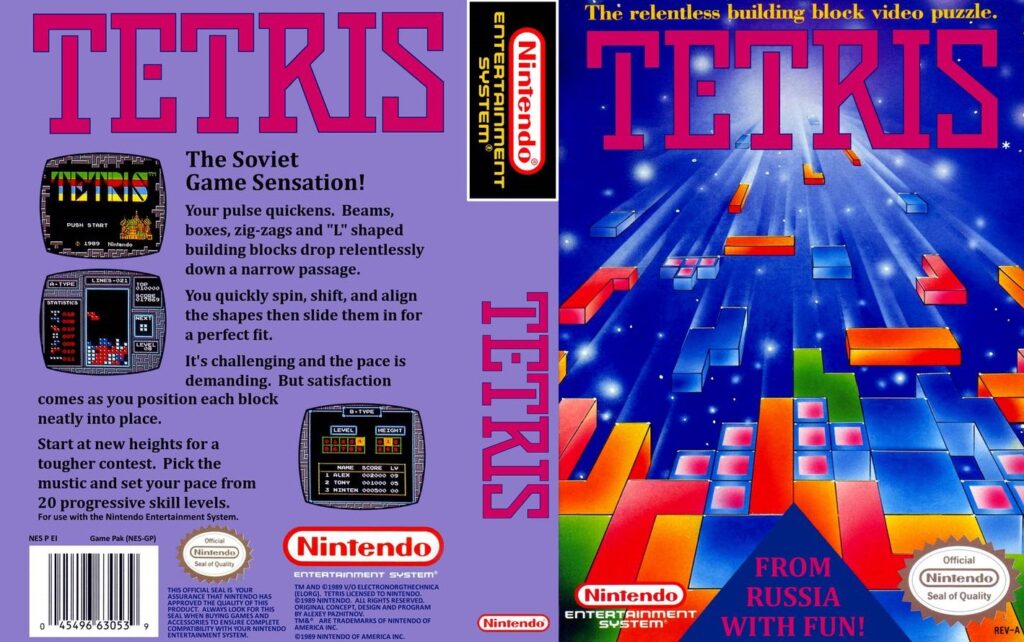
Nintendo sent Belikov to court to speak for it. Judge Fern M. Smith said that Mirrorsoft and Spectrum HoloByte had never gotten clear permission to sell their games on consoles. On June 21, 1989, she ruled in favor of Nintendo and gave them a preliminary injunction against Atari Games. The next day, Atari Games stopped selling the NES version, even though the company still had thousands of cartridges in its warehouses. Sega had planned to release a Genesis version of Tetris on April 15, 1989, but the release was canceled because of the legal battle between Nintendo and Atari. Fewer than ten copies were made.
Taking a look back
Alexey Pajitnov, who made Tetris, was not involved in the negotiations for licensing the game and made no money from the deals. Some sources says that Pajitnov could have made about $40 million. But Pajitnov and Henk Rogers became friends, and with Rogers’ help, Pajitnov moved to the United States in 1991 to make games, first for his own company and then for Microsoft.
When Elorg broke up in 1996, Rogers went back to Moscow to talk with Pajitnov, the man who made Tetris, about getting back the rights to it. It was a good way to end the journey of the game that everyone was talking about.
The story of Tetris is not just about gaming and the business of licensing. It is also about the power of art and how it can bring people together. Pajitnov made Tetris because he liked games and puzzles and wanted everyone to enjoy them too. But once the game was out in the world, it took on a life of its own and changed for each person who played it.
Box Brown’s book about Tetris looks at the strange history of the game as well as the gaming world and how it changes people. Brown thinks the story of Tetris is universal and can be used in all kinds of art and business. Once something is made and put out into the world, other people can change it and it can take on a life of its own.
Now, the story will be brought to center stage, once again, with the upcoming release of the Tetris Movie. The movie will explore the legal maneuvering that brought Tetris to the United States and turned it into the phenomena that it is.




